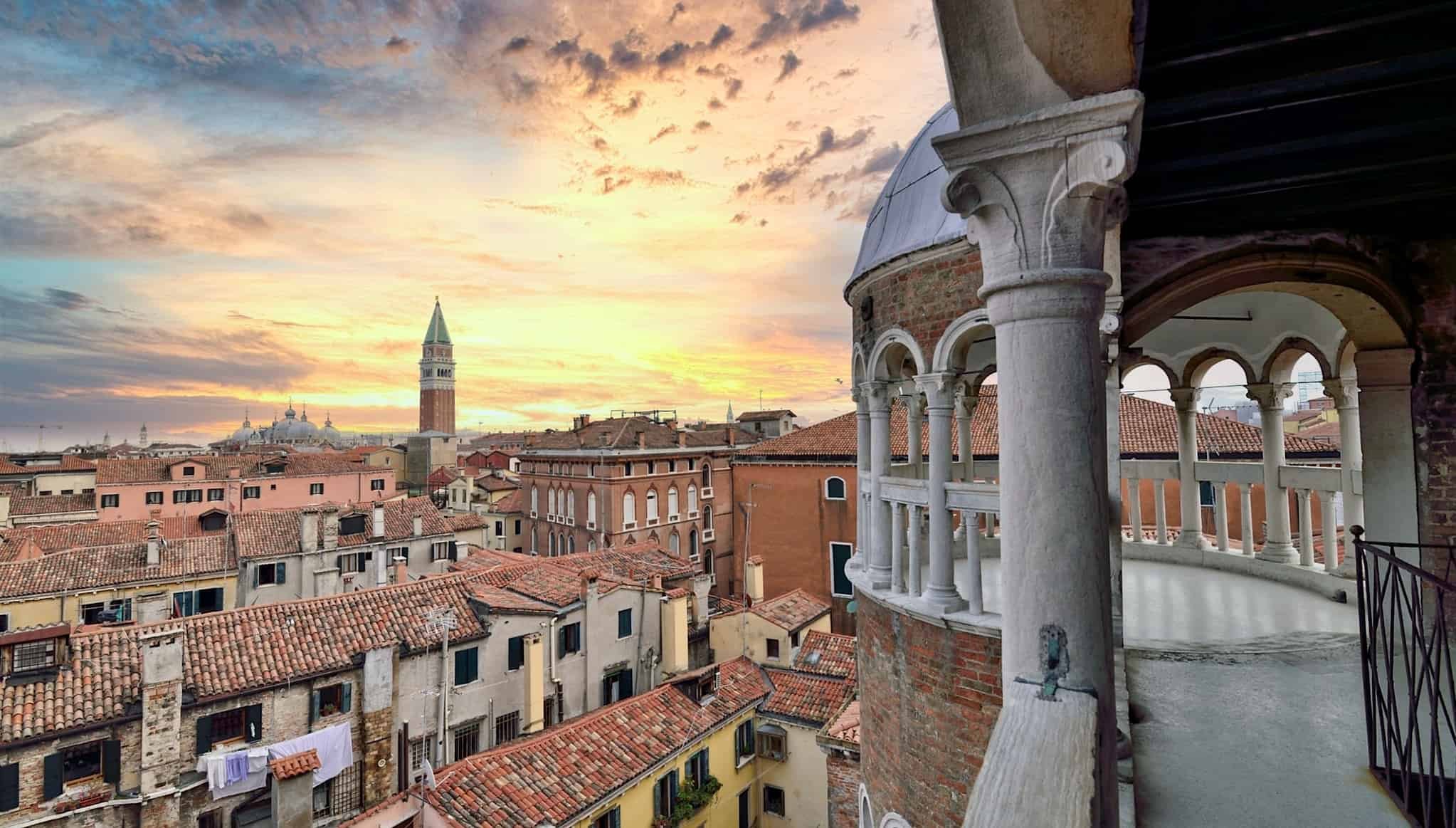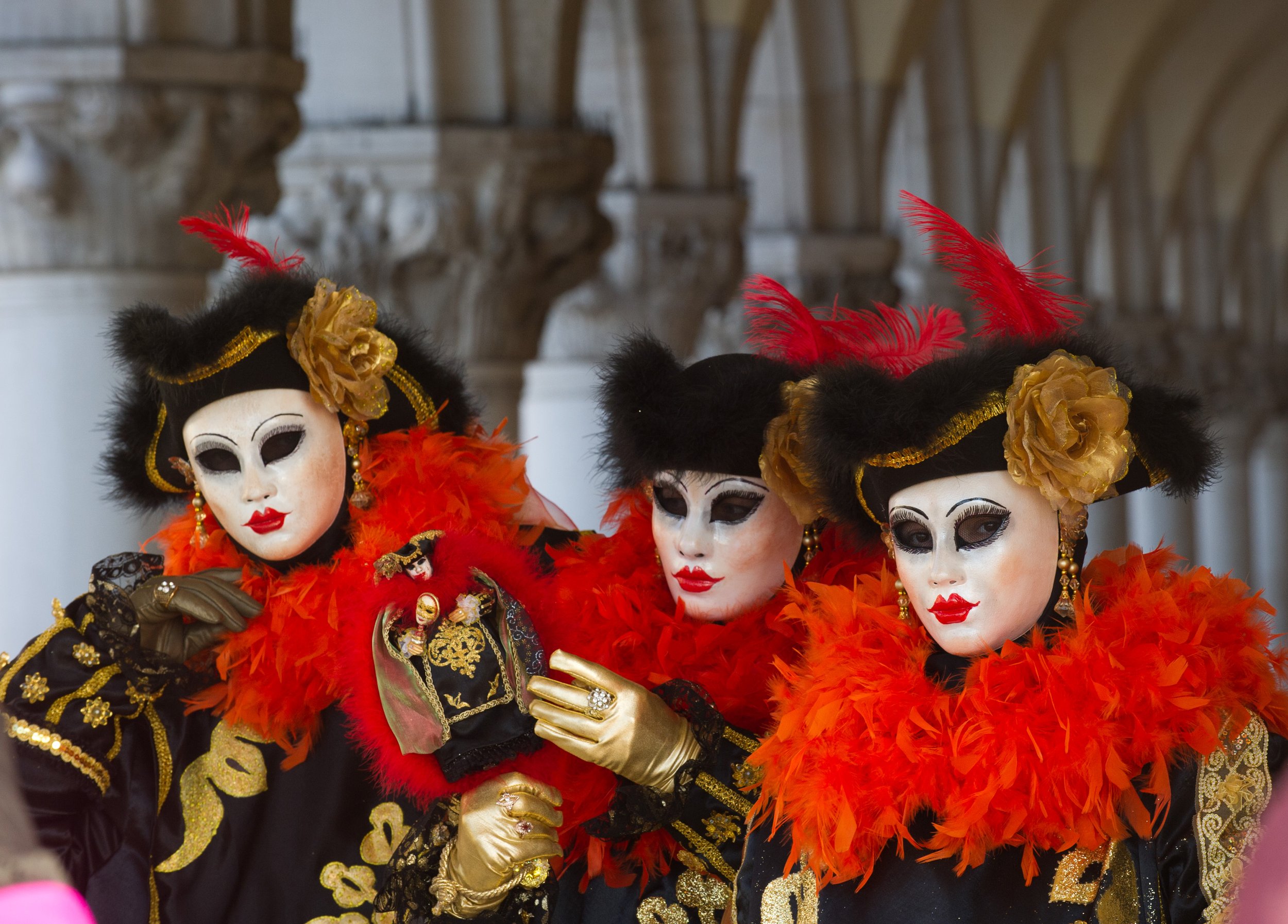Cà del Nobile San Marco 987, ria terà delle Colonne (528 3473; cadelnobile.com)
This hotel is just off one of the thronging routes between St Mark’s and the Rialto. Interestingly, it’s in one of the lowest points of the city: if you visit during acqua alta, you’ll be able to watch water bubbling up through the cobblestones below. Lots of stairs and no lift mean that it’s not for the unfit. Price from £79
Domus Orsoni Cannaregio 1045, Sottoportego dei Vedei (275 9538; domusorsoni.it)
In 1291, Venice’s glassworkers were banished to the island of Murano. Today, only one glass foundry remains in the city: Orsoni. Located in the Jewish Ghetto, and set in a delightful palazzo overlooking a private garden and the foundry, the Domus Orsoni channels the Orsoni family’s heritage in five rooms, resplendent with glass-mosaic-tiled walls and mosaic art works. Price from £71
Locanda Orseolo (Corte Zorzi; 041 523 5586; www.locandaorseolo.com; £160).
Step inside the hotel and you might be in a compartment on the Orient Express: elegant, enveloping, and richly coloured and furnished. But it’s the warmth of the young team at this equally young 15-room hotel that makes it really special – Matteo, Barbara and their brothers, sisters and friends. In the morning, Matteo dons an apron and cooks pancakes and omelettes to order, Barbara serves and everyone chats. The comfortable bedrooms are being transformed to echo the ground floor, complete with hand-painted murals and canopied beds. Secure one and you’ll have a real bargain.
La Villeggiatura San Polo, 1569, Calle dei Botteri (524 4673; lavilleggiatura.it)
A short hop from the Rialto markets, in an area buzzing with restaurants and residential activity, La Villeggiatura is an elegantly tasteful home-from-home. Tea and coffee-making equipment in the spacious bedrooms, and gently attentive service, add to the pleasure of a stay here. Price from £71
Hotel Centauro S Marco Calle della Vida Cpo Manin (www.hotelcentauro.com/)
Located in the historic centre of Venice just a stone’s throw from St Mark’s Square (five minutes walking distance), the Centauro Hotel offers elegant, welcoming accommodation from which you can enjoy the city’s art and culture. Housed within an ancient palace from the 1500’s, the Centauro Hotel has Venetian style furnishings from the 18th century and 30 comfortable guestrooms. Rooms have air conditioning and satellite television, some have canal views and those on the top floor have a private terrace from which you can enjoy panoramic views over the rooftops of Venice.
Al Ponte Mocenigo This is another charming 16th-century palazzo, so tucked away that you could walk right past and never know it was there. You will find one entrance down a very narrow alley just up from the San Stae vaporetto stop; the other is on the opposite side, over a small bridge. Officially it is a two-star hotel, but frankly it rivals many establishments with double that number of stars. The very smart, high-ceilinged rooms are in Venetian styles and colours. The best are numbers five and six, on the first floor overlooking a tiny canal to one side (they are classed as “superior” doubles and cost £128 in mid-season).















































